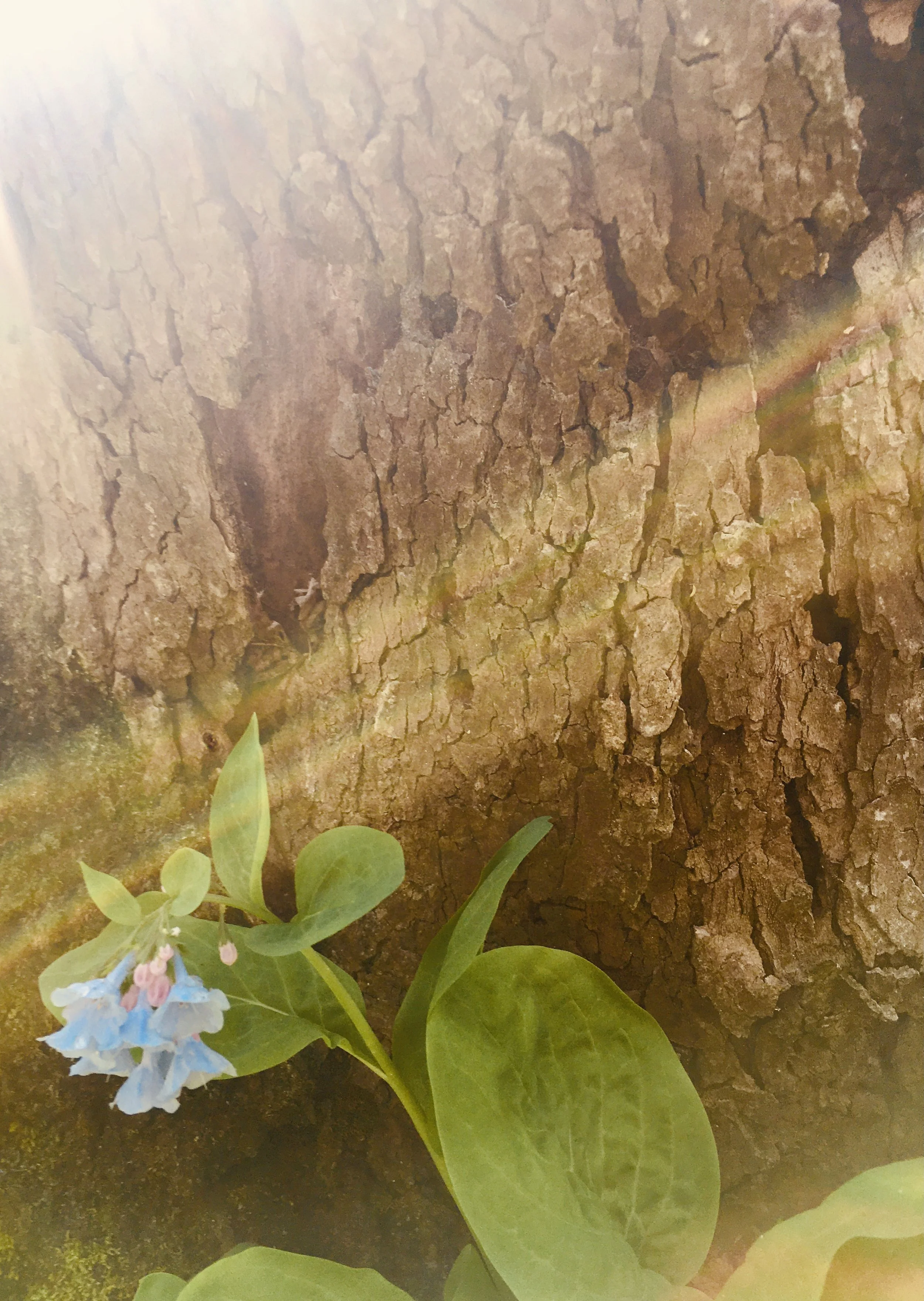
listen
Shabda
Among many Sanskrit translations
the word Shabda not only means “Sound”
but also the verbal testimony
of someone wise, someone trusted
DR. Vasant Lad, BAM&S, MASc
Panchakarma Theory & Practicum Seminar, New Mexico / 2006
“The Sanskrit alphabet is closely connected to the Vedic view of human anatomy & the universal elements, or Maha Bhutas: Ether, Air, Fire, Water, & Earth. Chanting Sanskrit is a form of sound therapy, balancing all Doshas & healing the mind. Sanskrit Bija Mantras are the elemental sounds of the Chakras; they are deeply connected to the astral body & have a broad spectrum of healing action.
When you allow sound to pass through you, sound dissolves in you, bringing inner silence & peace; peacefulness & sound are not opposite qualities. Sound dissolves into peace & their meeting within you opens & cleanses all Nadi channels.
Where there is a union of sound, breath, & awareness, light is formed …this light is the union of the individual with the universal Cosmic Consciousness . . . limitations are vanquished.”

seed pearls of sanskrit course
a virtual sanskrit immersion course
individually designed
to nourish your unique way of learning
spring 2026
please message me if you would like to meet via zoom for a preview of the course content
seed pearls of sanskrit
learn & embody sanskrit
through the inner wisdom of ayurveda & the darshana of yoga
My Seed Pearls Sanskrit Cource holds a fine balance of voicing, chanting, singing & writing of Sutras; clients are encouraged to weave musical instruments into classes & home practice. We will explore grammar & translation lessons through a textbook that I find resonance with, Yogavataranam, written by Dr. Zoe Zaltoff, who studied within the same Yoga lineage as myself, that of Sri Tirumalai Krishnamacharya, Hatha Yogi & Ayurvedic Physician.
In a simple, sequential method, you will learn to translate Sutras, trusting your feeling & intuition as well as grammatical logic while expanding your knowledge of word roots, known as Dhatus, & vocabulary. A comprehensive Sanskrit dictionary will also be recommended; all of these resources will become living additions of lifelong value in your library.
Along the way, I will also prepare personal lesson guides for you, infused with logical, as well as artistic, intuitive, & poetic approaches to translations & timeless translation techniques. We will explore the artistic process of deciphering Sutras in your course, as much as possible without technology, as too much time spent on virtual devices is depleting of all Senses & their delicate sense essences, Tanmatras. The sounds of Sanskrit are a form of Tanmatra Chikitsa, healing of sensory perceptions.
moonlight & sanskrt
When we observe a new, crescent Moon, opalescent sliver, still, or shimmering as a pearl upon water, we may also notice the barely-illumined fullness of the whole sphere. In that awareness, we know that there will be more light unfolding each night toward a full Moon.
If we stay a while with the Moon, in a cool dawn meadow, on a rooftop, mountaintop, or at our own kitchen window, if we breathe & drink in the light, the Soma, we will feel & know that a promising new cycle of time & circle of experience in our lives is about to reveal itself.
Through learning Sanskrit, Vedic knowledge reaches into us & subtly infuses our whole being with light in this way. Changing & growing within Vedic knowledge is really a slow constancy, a Yoga, melded with the rhythmic energy of each day, night, season & lifetime. When we become aware, present, & willing to give ourselves even the smallest gift of time toward self discovery, seed pearls of knowledge grow fully, into wisdom.



shabda & the healing sounds of sanskrit
Shabda, along with being a word for Sound, or the words of a wise & trusted being, is also the name of our most subtle Tanmatra, or sense essence of hearing, deeply related to the element of Akasha, or Ether in Ayurvedic medicine. As such, Shabda is able to be awakened, cleansed, & enhanced sonically; Shabda is delicate & permeable to sensory healing therapies, such as the recitation of the Sanskrit Varnamala, or alphabet. The word Shabda may also mean: speech, a name or entire language, the precisely appropriate word, or even the sacred syllable of eternal sound, AUM.
Shamana Sanskrit Courses & tutoring sessions are designed to awaken your primal memory of Vedic knowledge through these sensitive pathways into your inner pharmacy, the Tanmatras. Ayurveda considers our Heart to be the vessel into which of all experiences gathered by our Tanmatras are poured; the center of our innermost being from which we perceive & are perceived by, the Cosmos.
As the most subtle of our Tanmatras, the essence of sound, Shabda, is present within all of the permutations of the Maha Bhutas: Ether, Air, Fire, Water & Earth. These elements are brought to life & into states of harmony & health by sound of differing frequencies.
the tanmatras are doorways of shamana therapy in ayurveda
Shabda (Hearing) / Ears / Akasha (Ether)
Sparsha (Touch) / Skin / Air (Vayu)
Rupa (Vision) / Eyes / Fire (Agni)
Rasa (Taste) / Tongue / Water (Apas)
Gandha (Smell) / Nose / Earth (Prthivi)
Within each Shamana Sanskrit Course, a melange of self-healing & subtle Yoga practices offer supportive care of your Tanmatras, Heart, & Mind throughout the learning process, creating a nourishing union between your Self & the benevolent Source of Sanskrit & Vedic knowledge.
I have endeavored to tenderly braid strands of the inherent mathematical & rational logic of classical Sanskrit grammar into a musical union with flowing Shakti, the sounds, touch, visions, tastes, & scents of Nature, as well as nourishing rest along the way.

Take earth for your own large room , & the floor of the earth, carpeted with sunlight
& hung round with silver wind for your dancing place.
MAY SWENSON
use of sanskrit
For ease of understanding by a diverse audience I have written all Sanskrit words
on Shamana.stream in what I feel is their most widely accepted translation version
into the English language. Each Sanskrit word is capitalized & without diacritic marks
of transliteration used in the IAST, (International Alphabet of Sanskrit Transliteration).


